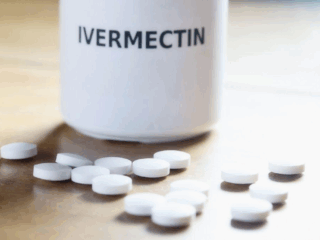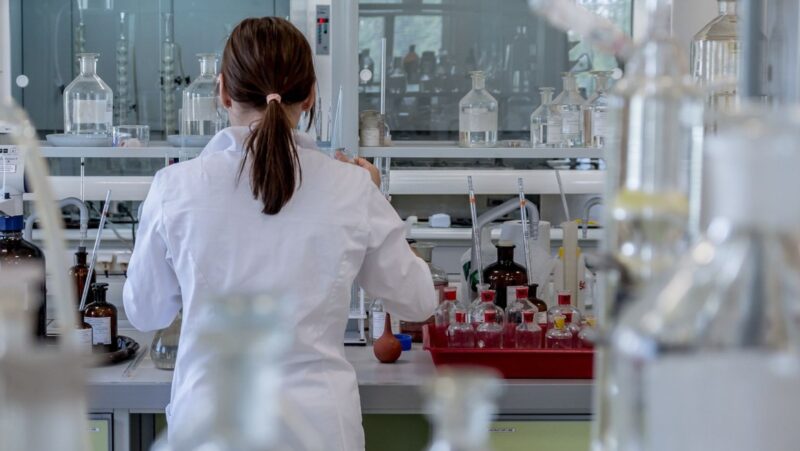
In modern medicine, drug delivery systems play a crucial role in ensuring the effectiveness and safety of treatments. Efficient delivery mechanisms allow medications to reach specific sites in the body while minimizing side effects. For healthcare professionals, understanding the design and functionality of these systems is essential for improving patient outcomes.
Key Principles of Drug Delivery Systems
A drug delivery system controls the release, absorption, and distribution of therapeutic agents. There are multiple approaches, including oral, injectable, transdermal, and implantable systems. Each method has its own advantages and limitations depending on the drug’s properties and the condition being treated.
For example, oral drug delivery is convenient and widely used but may face challenges like enzymatic degradation in the digestive tract. In contrast, targeted injectable systems can directly deliver medication to affected tissues, increasing therapeutic efficiency while reducing systemic exposure.
Types of Modern Drug Delivery Systems
Innovations in drug delivery systems have led to the development of advanced carriers, such as nanoparticles, liposomes, hydrogels, and polymer-based vehicles. These systems enhance drug stability, control release rates, and allow for site-specific targeting. For instance, liposomal delivery can encapsulate chemotherapy drugs, reducing toxicity to healthy cells and improving treatment tolerability.
Nanoparticle-based systems provide precise control over drug dosage and release timing. They are particularly valuable in chronic disease management, where maintaining consistent therapeutic levels is critical. Hydrogels and polymeric matrices, on the other hand, offer sustained release options, ensuring the drug remains effective over extended periods.
Benefits for Patients and Healthcare Providers
The primary benefit of advanced drug delivery systems is improved patient compliance. By reducing dosing frequency and minimizing side effects, patients are more likely to adhere to their treatment plans. Additionally, healthcare providers can optimize therapeutic outcomes with more predictable pharmacokinetics.
Targeted delivery also reduces the risk of drug interactions and adverse effects. For example, localized delivery of anti-inflammatory agents can provide relief in specific joints affected by arthritis without impacting other organs. This level of precision enhances overall treatment safety and efficiency.
Challenges in Designing Effective Delivery Systems
While innovations are promising, several challenges persist. Formulating a system that ensures stability, bioavailability, and controlled release can be complex. The materials used must be biocompatible and non-toxic, particularly for injectable or implantable systems.
Regulatory considerations also play a major role. Each delivery system must undergo rigorous testing to ensure it meets safety and efficacy standards. Research continues to focus on overcoming these hurdles, with promising developments in smart delivery systems that respond to environmental stimuli, such as pH or temperature changes in the body.
Future Directions
The future of drug delivery systems lies in personalized medicine. By tailoring delivery methods to individual patients’ needs, treatments can be more effective and safer. Wearable devices that release medication on demand, as well as biodegradable implants that degrade after releasing the drug, are on the horizon.
Gene therapy and RNA-based treatments also rely heavily on precise delivery mechanisms to reach targeted cells without causing unintended effects. As research progresses, these systems will become increasingly sophisticated, offering novel solutions for previously untreatable conditions.












